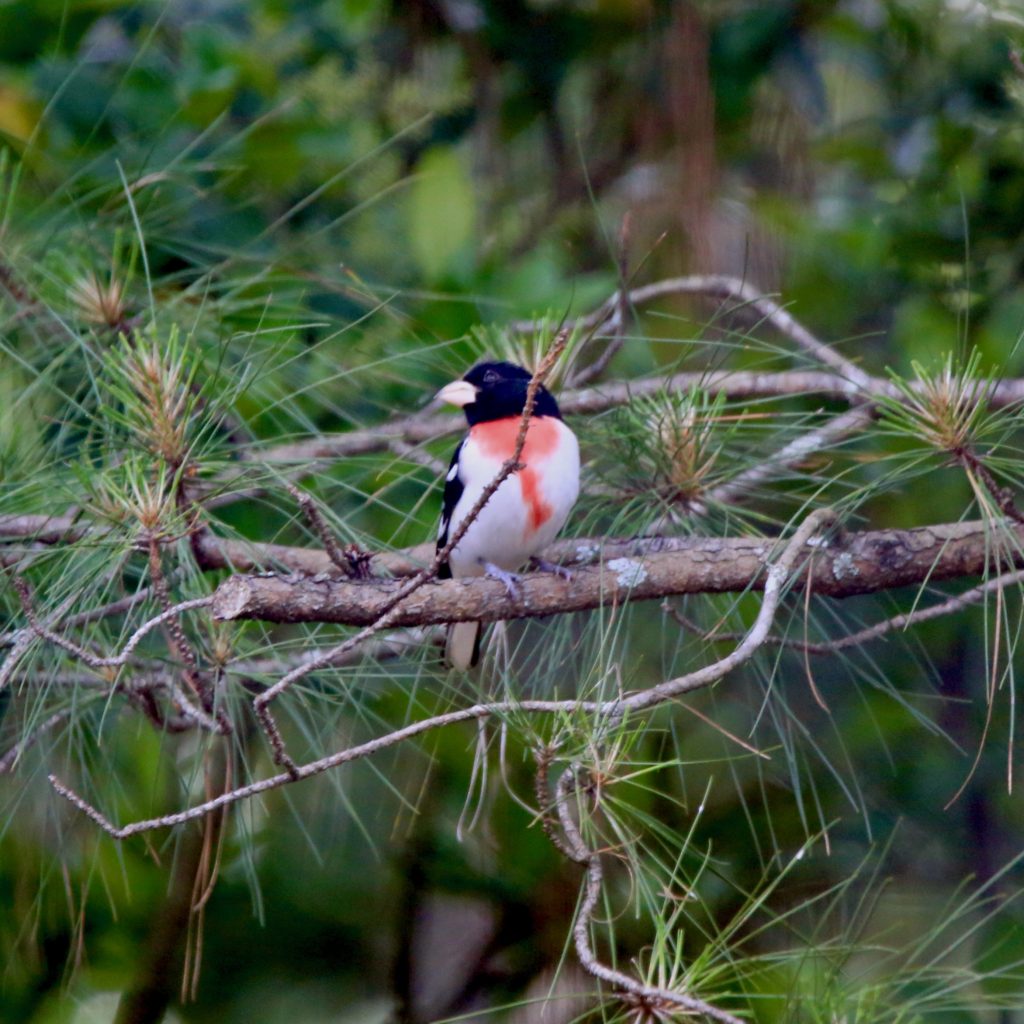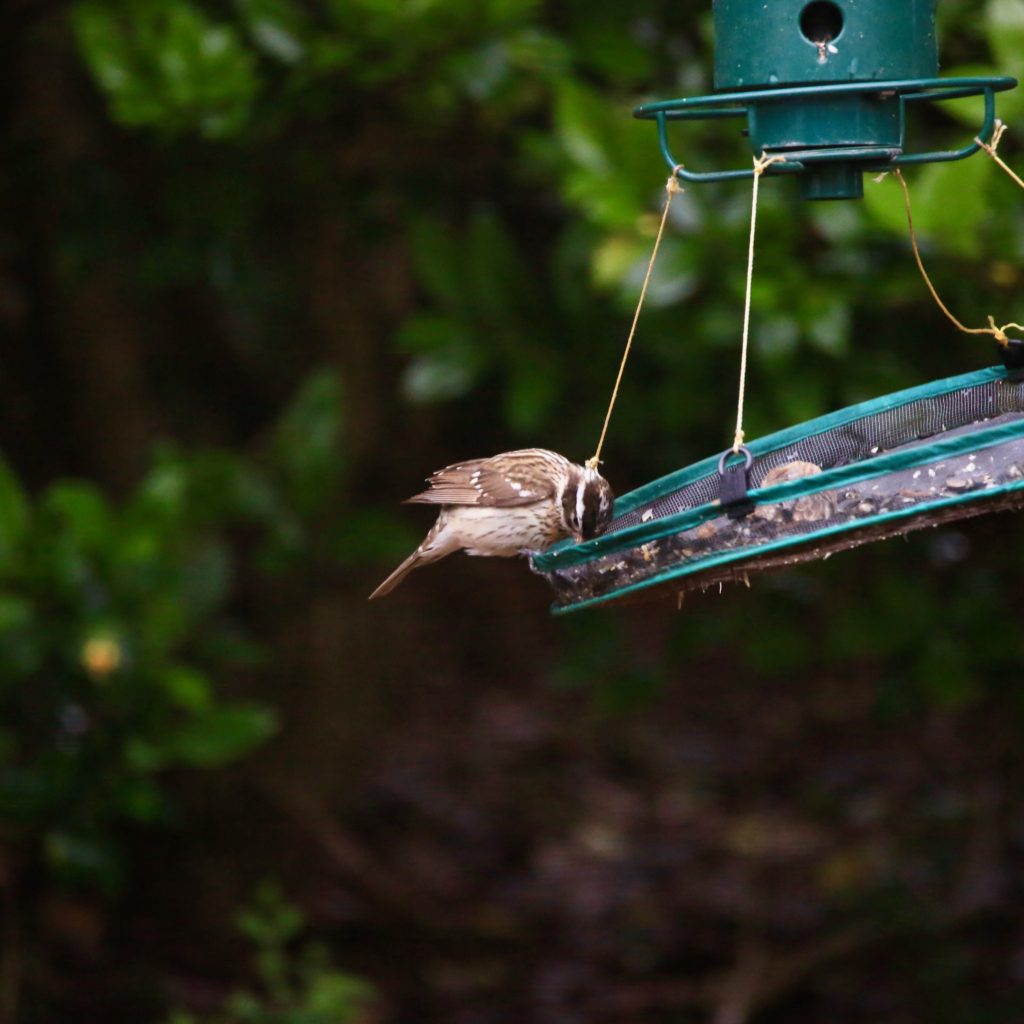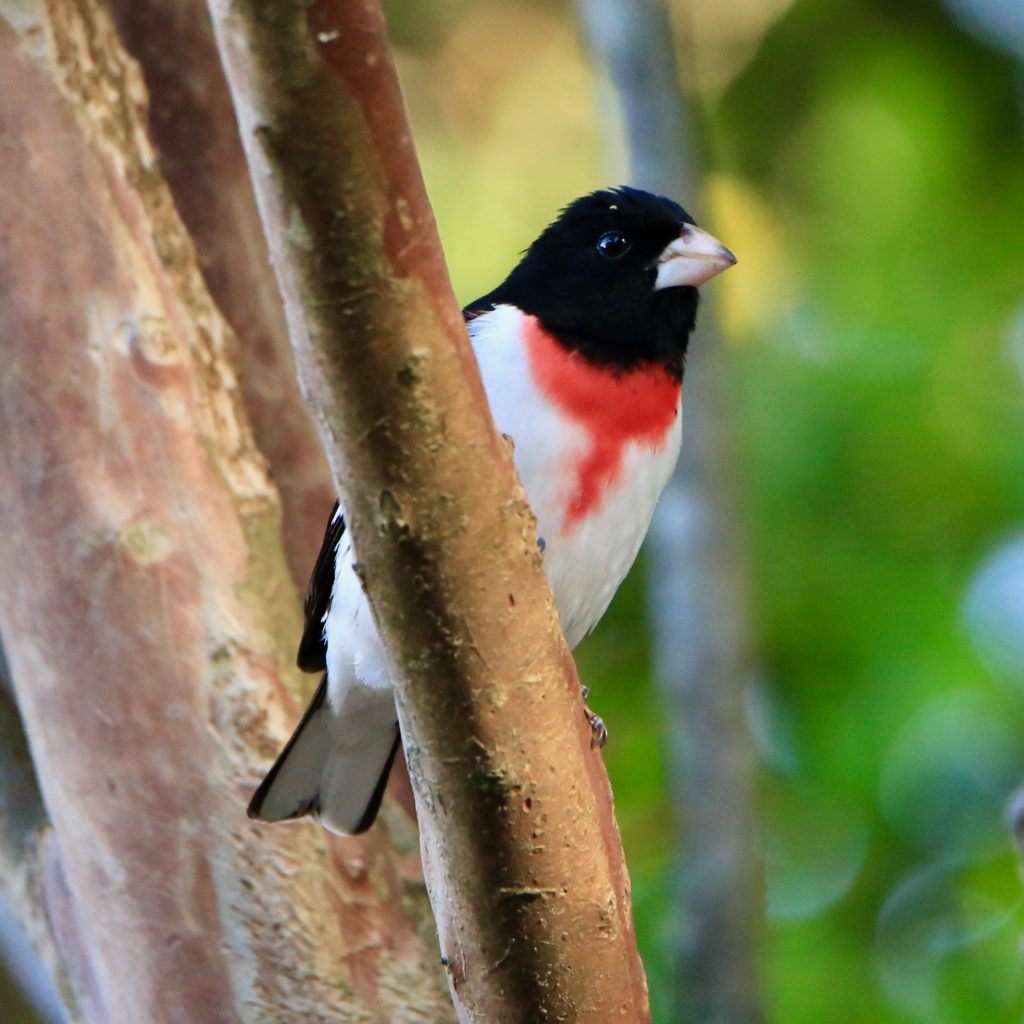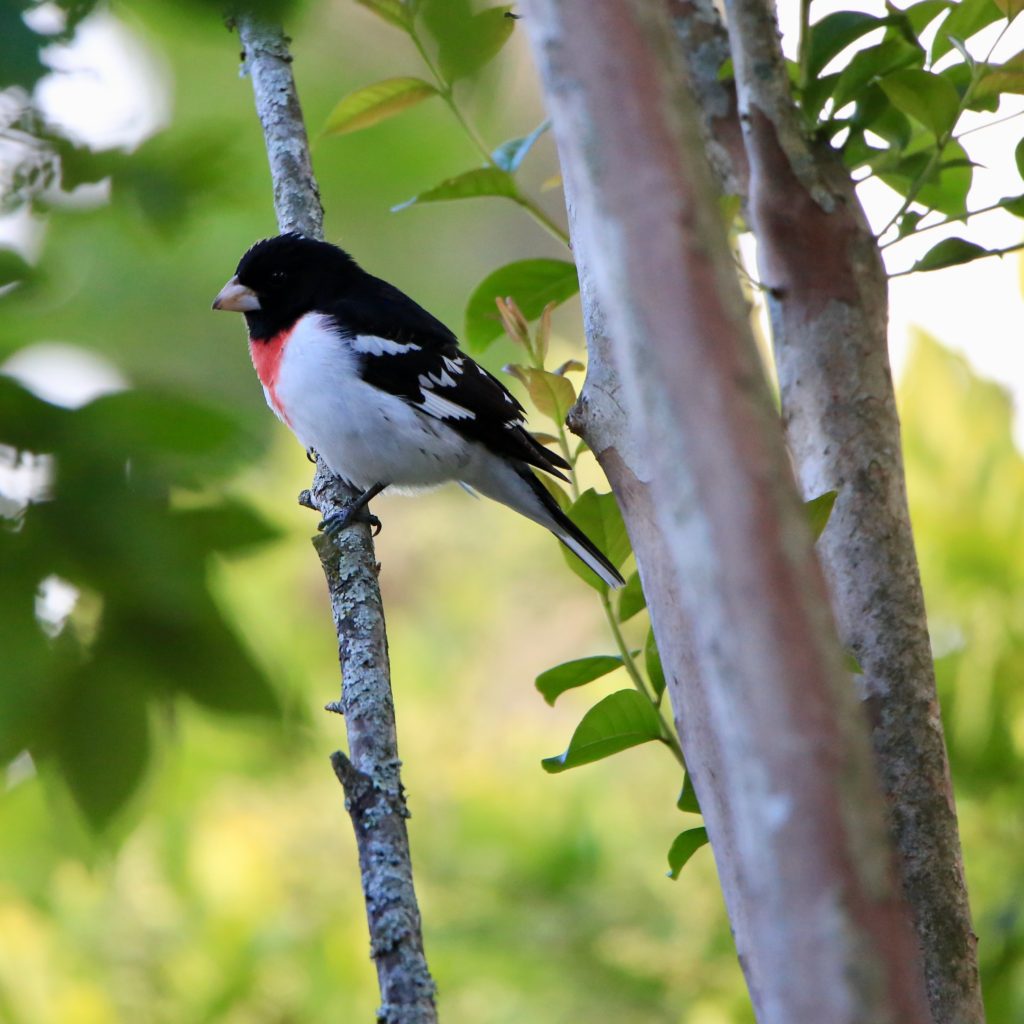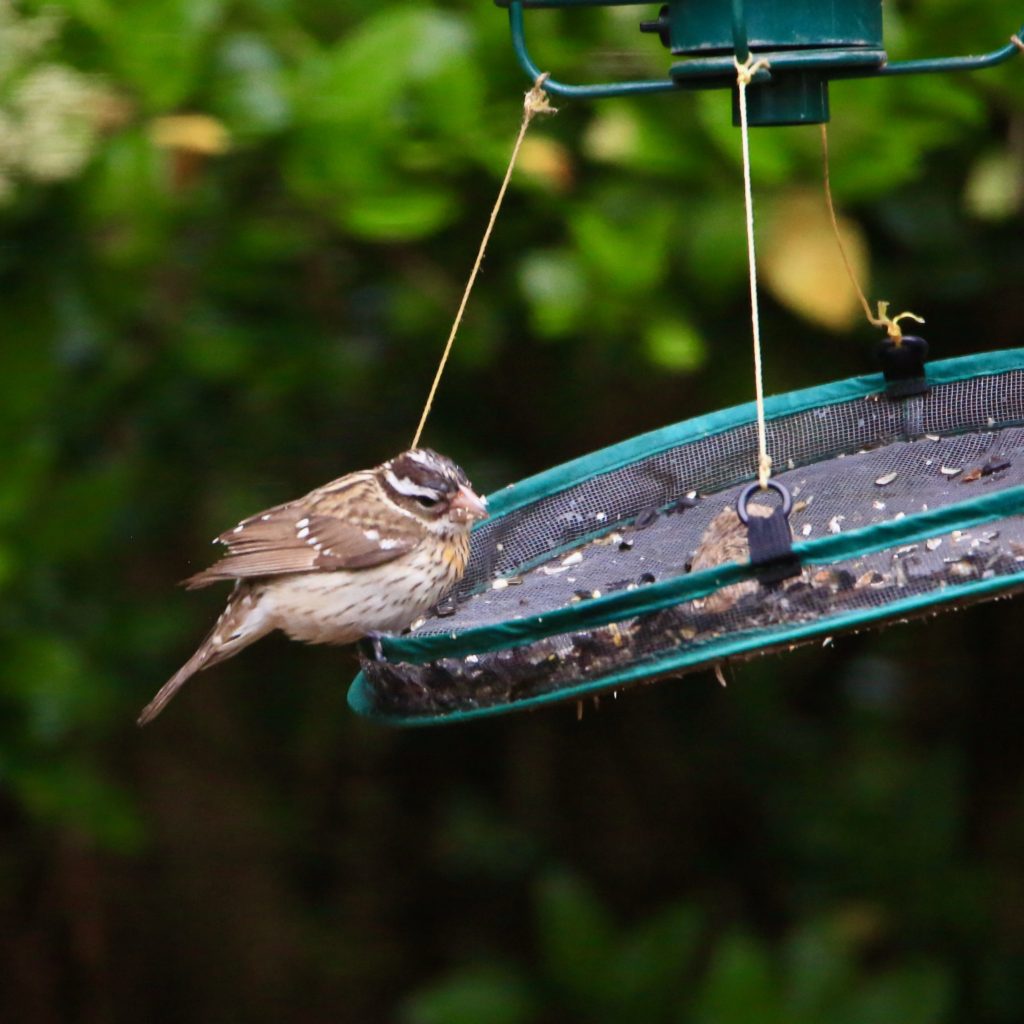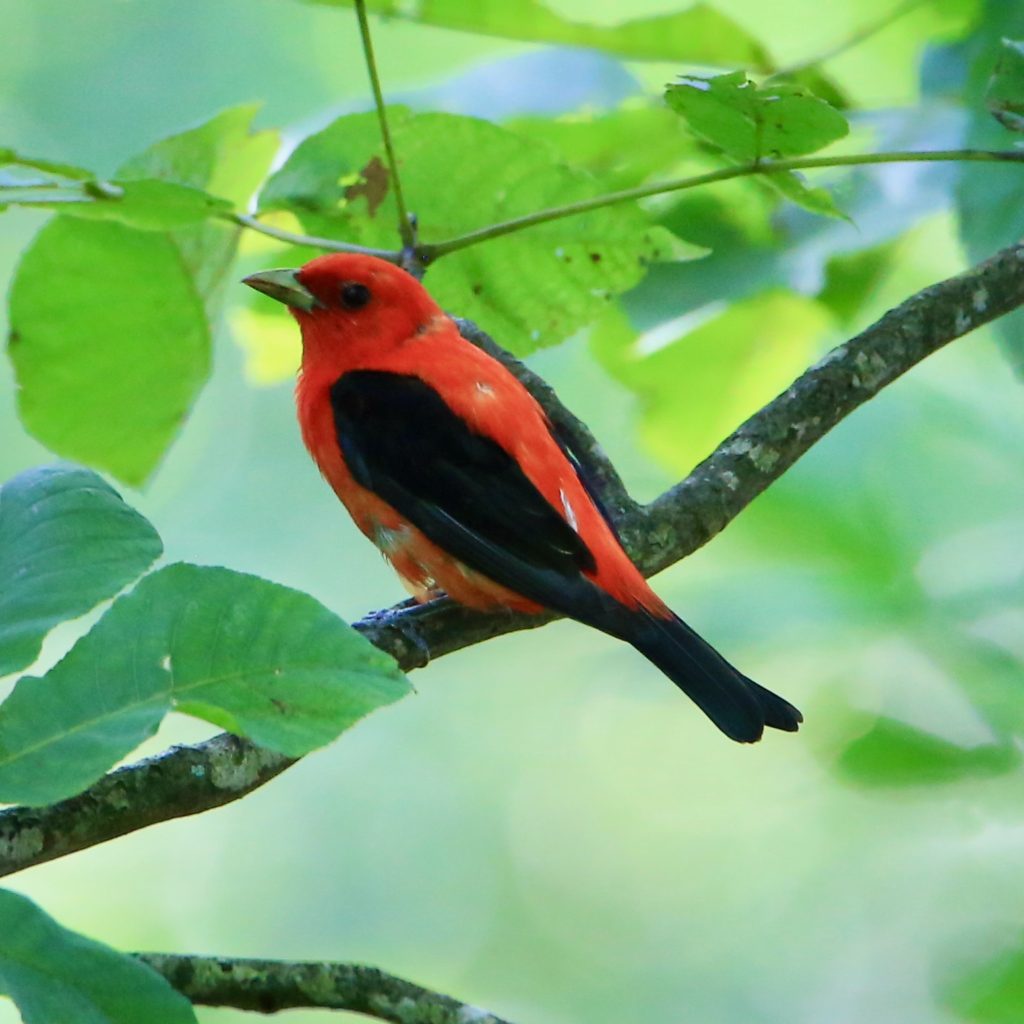
Bird Watching at New River Gorge National Park
Share
New River Gorge National Park and Preserve are under the observation of the National Park Service, entrusted with the job of protecting and maintaining the river by the same name. The 72,808 acres are in the Appalachian Mountains of West Virginia. It covers the Fayette, Summers, and Raleigh counties.
Major Attractions at New River Gorge National Park
The New River Gorge National Park has so much for its visitors, starting from birding to hiking, climbing, biking, and whitewater rafting. Visitors also get the opportunity to learn about the history of the park and some of its sites.
There are many designated campsites so you can bring your camping equipment without any worry. For hiking trails, there are about 100 miles of them. These are Grandview Area trail, Glade Creek Area trail, Sandstone Brooks Area trail,
Nuttallburg trail. While hiking, you might engage in birdwatching and other enjoyable activities. Lots of people go rafting on the whitewater, another exciting activity.
Surprisingly, people love fishing on the new river gorge under the sun. Hunting is also permitted in most parts of the park. We can not forget about the scenic drive routes in the park.
If you are into rock climbing, the New River Gorge National Park is probably already on your list. The park has about 1600 routes for climbing, making it one of the most popular places for the activity. There is also the African American auto heritage tour for those who would like to learn about the history of the place.
GET KIDS BIRD WATCHING
Bird Watching at New River Gorge National Park
There have been 365 species of birds have been observed in West Virginia. If we keep count of the ones that show up in the New River Gorge National Park, there appear to be too many. Thrushes, Vireos, Wood-warblers, etc. usually spend their life in the tropics. Breeding season, they come to the scattered forests surrounding the New River Gorge. For the
north-south migratory birds, this area serves as an important link.
When it is time for fall migration, thousands of Hawks can be seen flying overhead. Close to the cliffs, Peregrine Falcons can be seen doing deep dives. Many kinds of bird species use the New River Gorge National Park while migrating. Some stop over while others continue to fly straight ahead. It is a reliable nesting and shelter site for many.
As wood-warblers are facing a loss of habitat in the sites they used as winter and even summer nesting sites, the New River Gorge National Park and Preserve is one of the few protected places in the world they can rely on.
10 Birds to See at New River Gorge National Park
Cerulean Warbler
Cerulean Warblers are sky-blue with blue streaks down their sides. They live in eastern North America. Cerulean Warblers have seen a large decrease in population and are threatened; they are possibly near being endangered. These birds tend to make their homes at the top of the canopy of oak and hickory trees. They lay 3 to 5 eggs and make their nests high up in trees away from the trunk. These Warblers migrate south in the early fall.
Rose-breasted Grosbeak
Rose-breasted Grosbeaks are black and white with a bright red chest and thick bill. You can find them throughout eastern North America. Their population is currently stable and have no risk of endangerment. They make a happy song with sweet whistles. Rose-breasted Grosbeaks make their homes in orchards and groves and enjoy wintering in the tropics. Rose-breasted Grosbeaks eat insects, seeds, and berries. They migrate at night late in the spring and early in the fall.
Indigo Bunting
Indigo Buntings cannot be missed with their all-blue body. They live in the eastern United States. Their population is steady and in some areas, they are the most abundant songbirds. They make their homes in brushy pastures or wood edges. Indigo Buntings are sometimes called the blue canary, because of their cheerful songs. They will sing all day while looking for food. They lay 3 to 4 eggs and build their nests low to the ground. Indigo Buntings migrate south at night.
Scarlet Tanager
Scarlet Tanagers have bright, beautiful red colors with black wings and tails. They have thick bills that allow them to easily catch insects and eat fruit. Scarlet Tanagers live in eastern North America. They are not on the endangered list but have seen losses in numbers. These birds make their habitat in forests and shade trees. They lay 2 to 5 eggs and build their nests 20 to 30 feet high in trees. Scarlet Tanagers migrate at night in the springtime.


